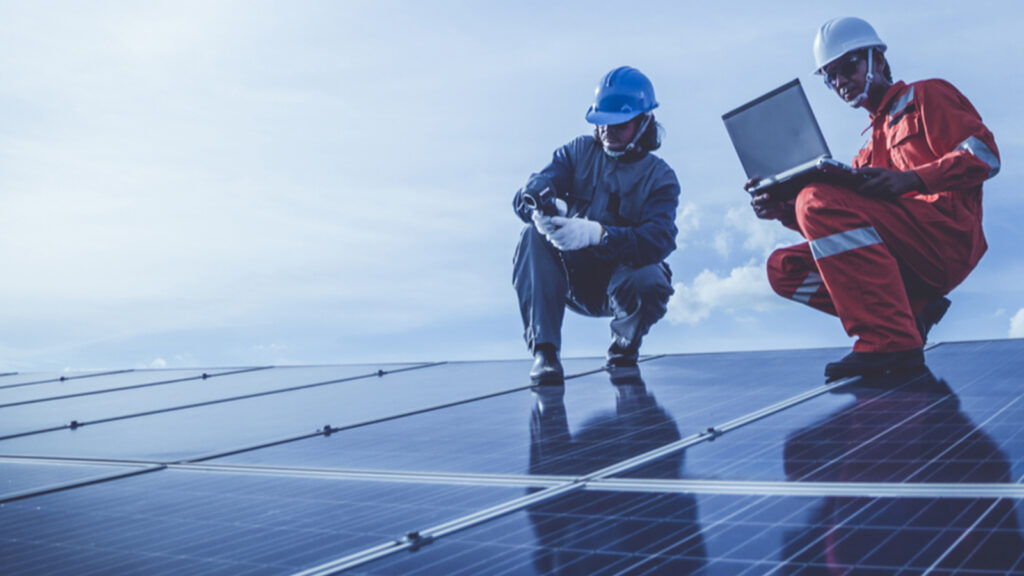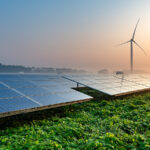Component failure
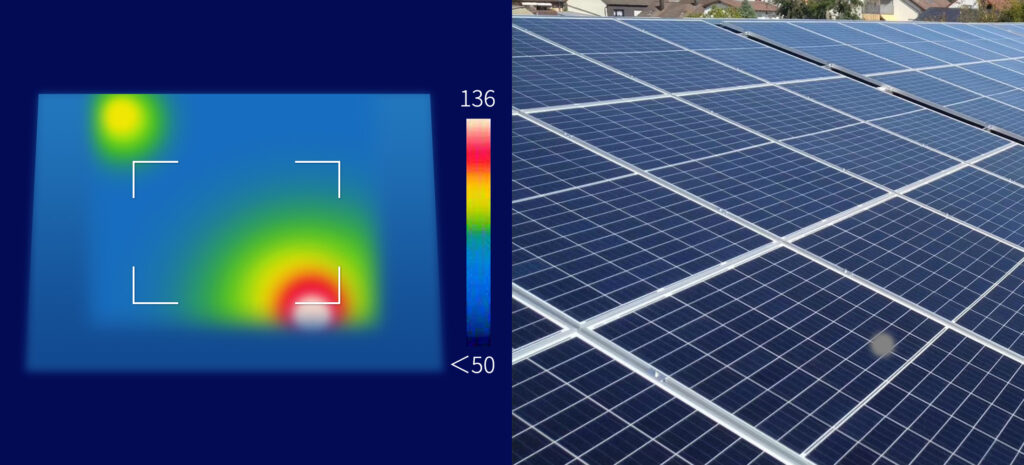
1. Hot spot effect
This refers to a certain condition, in the power generation state of the photovoltaic module series branch circuit is blocked or defective area is used as a load, consumption of other light area generated energy, resulting in local overheating, this phenomenon is known as the photovoltaic module “hot spot effect”
Solution:
Minimize glass bending when handling modules
regularly check the surface of the module for foreign objects
Regularly check the bypass diode and temperature test in the solar panel junction box
keep the surface of the solar module clean
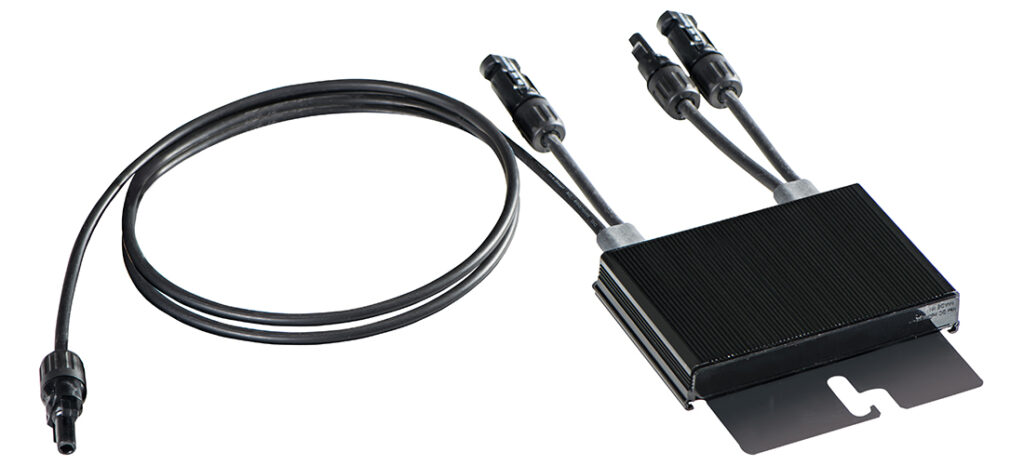
2. Solar module junction box failure
Solar modules in operation, junction box diode breakdown heat burn loss, convergence with open weld burn and serious cases the entire junction box burn, no power output
Solution:
suggest the junction box reserved for expansion connection seat
installation of different specifications of the diode, you can always change the maximum working current of the junction box
recommended in the junction box box cover set up air valve, used to export the internal heat of the junction box, or increase the heat sink
regularly check the operating condition of the junction box and temperature test
Inverter failure

1. Inverter screen does not display
Analysis of the fault, there is no DC input, the inverter LCD is DC powered, it may be that the DC switch is not closed, or a component has a short circuit.
Solution:
Use a multimeter voltage file to measure the inverter DC input voltage. When the voltage is normal, the total voltage is the sum of the voltage of each group. If there is no voltage, you need to test the DC switch, terminals, cable connectors and components in turn to see if they are normal. If it is a multiplex component, it should be separately accessed and tested separately.
If the inverter is used for a period of time and no reason is found, the inverter hardware circuit is malfunctioning, please contact the company after-sale.
2. Inverter hardware failure
Inverter circuit board, detection circuit, power circuit, communication circuit and other circuits are faulty, or fan or blower is faulty.
Solution:
If the above hardware failure occurs in the inverter, please disconnect all the DC and AC terminals and let the inverter power down for more than 30 minutes. If you can recover it by yourself, continue to use it, if not, contact the after-sales technical engineer. Normally, you need to clean the inverter regularly and strengthen the inverter operation monitoring.
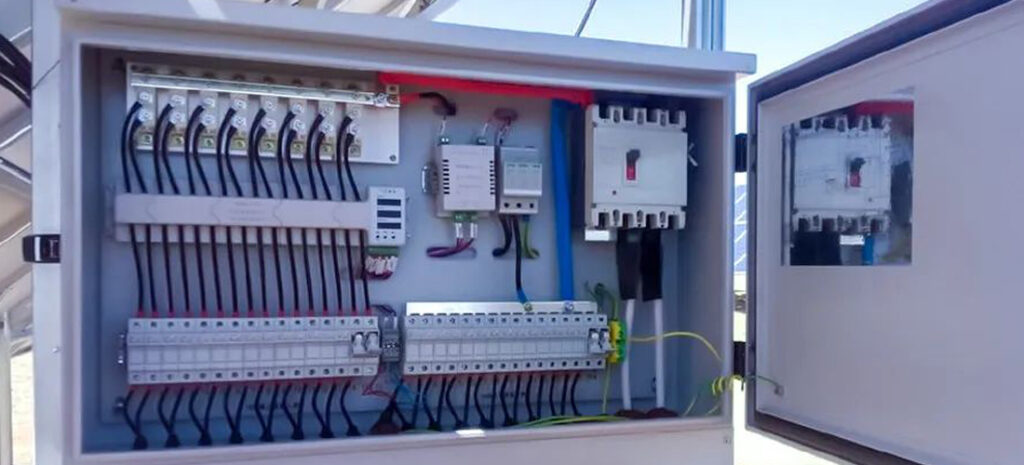
System output power does not reach the ideal power
There are many factors affecting the output power of PV power plant, including the amount of solar radiation, the tilt angle of solar cell modules, dust and shadow blocking, and the temperature characteristics of the modules.
The common solutions for low system power due to improper system configuration and installation are:
Before installation, test each module for sufficient power.
Adjust the mounting angle and orientation of the modules.
Check the components for shadows and dust.
Check if the voltage is within the voltage range after the components are connected in series, too low voltage will reduce the system efficiency.
Before installing multi-way string, check the open circuit voltage of each string, the difference is not more than 5V, if you find the voltage is not right, check the line and connectors.
installation can be accessed in batches, each group of access to record the power of each group, the power difference between the strings does not exceed 2%.
The installation place is not well ventilated, and the inverter heat is not spread out in time, or exposed to the sun directly, causing the inverter temperature to be too high.
inverter has double MPPT access, each way input power is only 50% of the total power, in principle, each way design installation power should be equal, if only connected to one way MPPT terminal output power will be cut in half.
cable joints poor contact, cable is too long wire diameter is too thin have voltage loss finally caused by power loss.
PV plant grid-connected AC switch capacity is too small to meet the inverter output requirements.
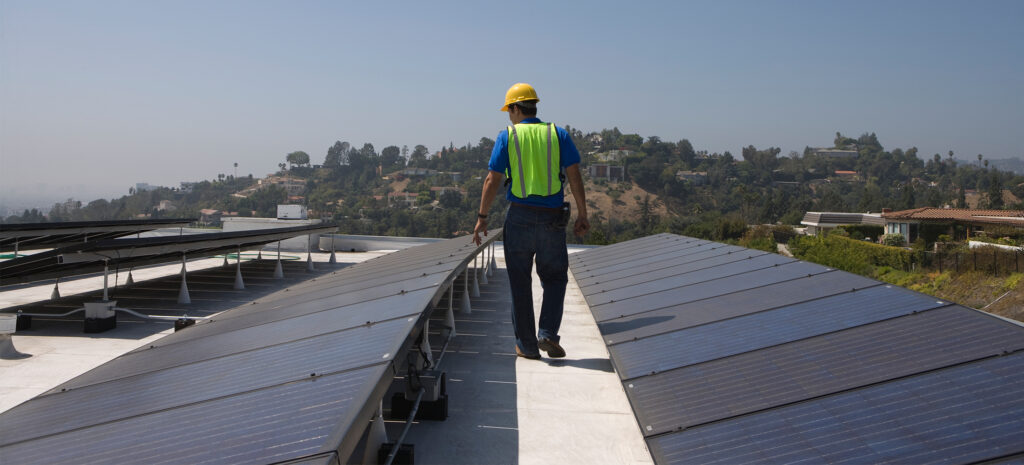
Maysun Solar, as a PV module manufacturer with 15 years of professional experience, can provide you with high quality solar panels, click the button below to contact us and get a product quote.
You may also like:

How to Effectively Clean and Intelligently Maintain Photovoltaic Systems for Optimal Performance?
Explore how scientific cleaning and intelligent maintenance can ensure the efficient operation of commercial and industrial photovoltaic systems. Practical advice covers module cleaning frequency, monitoring system configuration, and long-term strategies for energy savings and performance enhancement.

2025 European Photovoltaic Policy Map: Deployment Paths and Regional Strategies for Commercial and Industrial Photovoltaics
A comprehensive analysis of the 2025 European commercial and industrial photovoltaic policy map, focusing on deployment strategies, incentive comparisons, and zero-investment models to support businesses in achieving an efficient and green transition.

Empowering Factories with Solar Energy A Strategic Tool for Controlling Production Electricity Costs
Commercial and industrial solar is becoming a key solution for factories to reduce electricity costs and hedge against price fluctuations. This article systematically analyzes its deployment models, cost advantages, and sustainable value pathways.

How Businesses Can Offset Carbon Taxes with Solar Power
This article analyzes the latest carbon tax policies and photovoltaic deduction strategies, helping European businesses legally reduce taxes, increase profits through solar investment, and achieve a win-win situation for both economy and environment.

Forecast and Response: Seizing the Next Decade’s Growth Dividend in Europe’s Commercial and Industrial Photovoltaics Market
Maysun Solar analyzes the growth trends of commercial and industrial photovoltaics in Europe over the next ten years, from policies and ESG to technological innovation, helping companies seize the initiative in the energy transition.

How to Calculate Solar System ROI and Optimize Long-Term Returns?
Solar power is becoming a key solution for businesses to reduce costs and improve efficiency. Accurately calculating ROI and optimizing long-term returns are essential to maximizing investment value.

